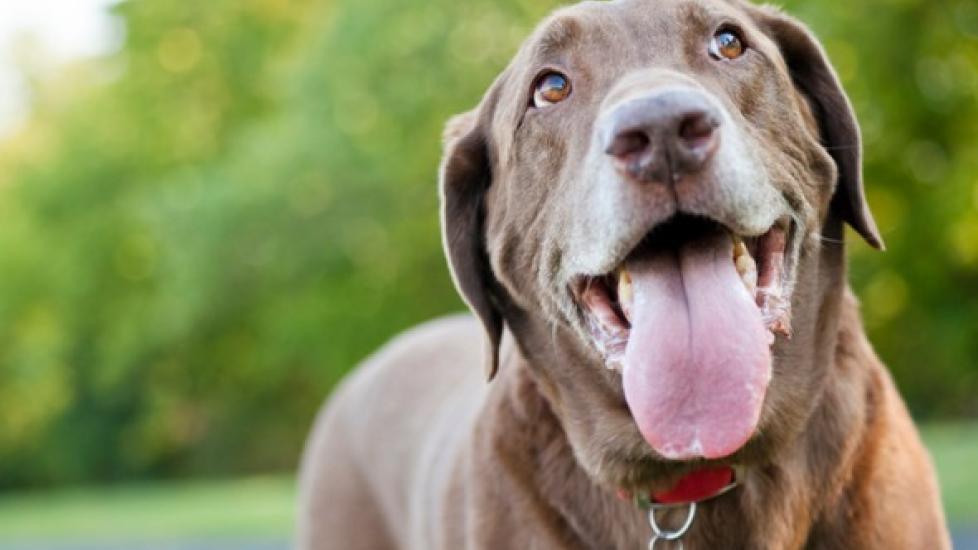As a pet expert with a flair for writing in English, I am thrilled to share insights on an important yet often overlooked aspect of canine health – dog mouth cancer. This condition is not only distressing but also potentially fatal if left untreated. It’s crucial that we understand the symptoms, available treatments, and life expectancies associated with this disease to provide our furry companions with the best care possible.
Symptoms:
Mouth cancer in dogs may manifest through various signs, which are often subtle at first but become more pronounced as the disease progresses. These could include bad breath, bleeding from the mouth or gums, difficulty chewing or swallowing food, oral pain leading to reluctance to eat, and lumps or sores inside the mouth or around the lips. Your dog might also show signs of drooling excessively, weight loss, and lethargy. Regular dental check-ups can help detect early changes indicative of cancerous growths.
Treatment:
The treatment plan for dog mouth cancer typically involves a combination of surgery, radiation therapy, chemotherapy, or palliative care depending on the stage and location of the tumor. Surgery is often used to remove tumors when they are localized. Radiation therapy can shrink tumors and alleviate symptoms, while chemotherapy may be employed to slow down the spread of cancer cells throughout the body. Palliative care aims to manage pain and improve quality of life without necessarily curing the underlying cancer.
Life Expectancy:
Prognosis for dogs with mouth cancer varies widely based on several factors such as the type and extent of the cancer, age and overall health of the dog, and response to treatment. Early detection significantly improves outcomes, with some dogs living years after successful treatment. However, once the cancer has metastasized (spread), survival rates decrease dramatically. In advanced cases where the prognosis is poor, veterinary oncologists may recommend hospice care to ensure your pet experiences minimal suffering during their final days.
Prevention:
Regular dental cleanings by a professional veterinarian can reduce the risk of oral cancers by removing plaque buildup that can lead to inflammation and potential malignant transformation. Good oral hygiene practices at home, including daily brushing, can further lower risks. Additionally, feeding high-quality foods that limit tartar formation contributes to maintaining good dental health.
In conclusion, understanding the intricacies of dog mouth cancer allows us to take proactive steps towards prevention and provides the basis for prompt intervention should any concerning symptoms arise. By recognizing these signs early, we give our pets the greatest chance at overcoming this challenging illness. As responsible owners, it’s essential to remain vigilant about our dogs’ well-being and seek medical advice promptly if anything seems amiss.
